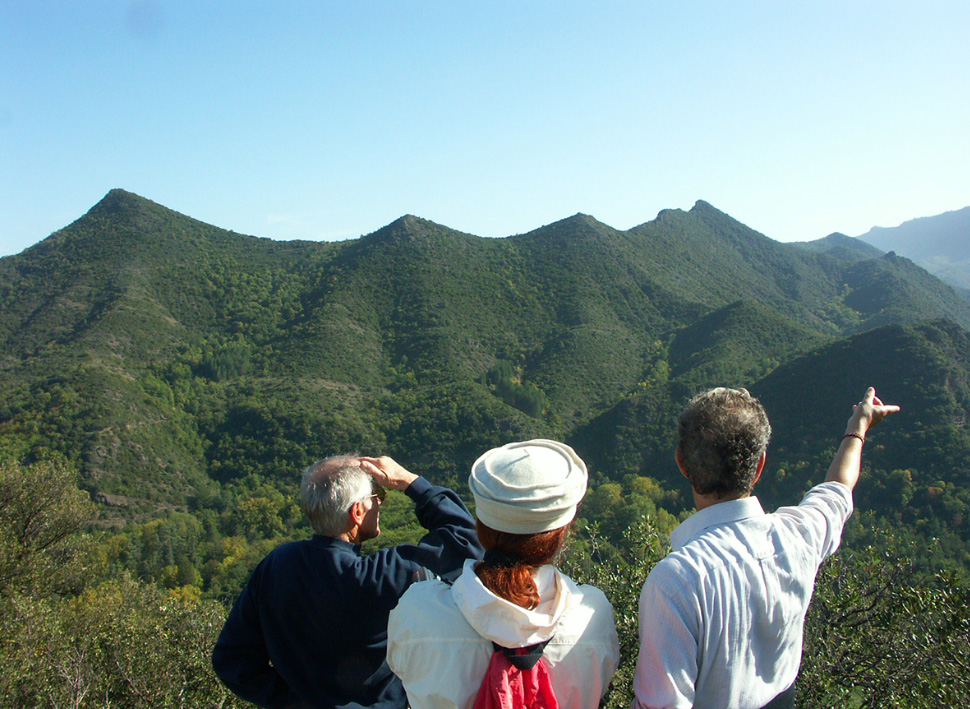
The city owes its name to the three surrounding hills, the "Three Pins", on which it is supported.
A bit of history...
Situated along the Atax river, today Aude, Quillan is at the crossroads of the routes leading to the Pays de Sault, Fenouillèdes and Carcassès.
The city, mentioned as early as the 10th century, had the archbishops of Narbonne as lords, who owned a castle there as early as the 12th century.
In the 12th century, a large new district emerged on the left bank, bringing to the old city a maze of streets, still visible today.
At the beginning of the 14th century, the present castle was built, overhanging the archbishops' mill, which now no longer exists.
The town was then enclosed within ramparts and ditches, but these protections were not enough to preserve Quillan during the Wars of Religion.
The town and the castle were taken alternately by Catholics and Protestants. After these years of war, the city regained its prosperity.
Quillan, an industrial town
Thanks to the Aude river, Quillan will know its first industrial vocation by the use of the force of water: flour mills, hydraulic saws, hammers, watering wheels?
These activities were set up on the banks of the river, which also proved to be an excellent means of transport for logs from the neighbouring forests.
This last point was important for the development of the city.
In the 17th century, the royal administration undertook a vast "Forestry Reform" and a "Particular Mastery of Water and Forests" was established in Quillan.
From then on, thousands of tree trunks assembled in rafts descended from the upper valley to reach Trèbes and the Canal du Midi. This work, entrusted to specialists, the "radeliers", also called "carrassiers" in the country, will continue until the arrival of the railway at the end of the 19th century.
The town also specialised in the processing of iron ore at La Forge.
It was also, in 1891, the first town in the department to be lit by electricity.
Quillan queen of the hat and formica
In the second half of the 19th century, Quillanese industry had its hour of glory with the development of hat making.
At the beginning of the 20th century, nearly 135,000 felt hats were made each year in the city.
The owner of this factory and president of the local rugby team enabled Quillan, thanks to a fabulous recruitment drive, to win the French rugby championship title and to appear on the prestigious Bouclier de Brennus in 1929.
Despite its reputation and the quality of its products, the millinery declined irretrievably after the Second World War.
In 1952, the world-famous "Formica" factory was set up on the site and continued the town's industrial tradition until the 2000s.
Today, thanks to its preserved environment and the numerous activities that can be practiced there, the town is turning towards green tourism.
Translated with www.DeepL.com/Translator
(free version)



